Shrimp do not require a specific type of protein
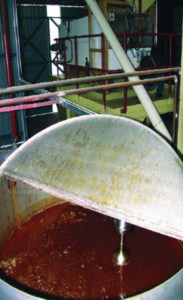
Due to a variety of physical and biological factors, the data required to identify the exact nutritional requirements of shrimp and the feed inputs to meet them under production conditions is not easily obtained. Nutrient requirements are affected by animals’ growth rates and physiological states, feed intake, nutrient density, and nutrient interaction, as well as environmental factors such as temperature.
Meeting the nutrient requirements of growing shrimp in a changing environment is a moving target that is often difficult to hit. Before one can understand proper feed inputs, one should have a good understanding of the various nutrients and their general functions.
Like all animals, shrimp require protein (amino acids), lipids (essential fatty acids), energy sources (lipids, protein, and carbohydrates), vitamins, minerals, oxygen and water. Acceptable levels of oxygen and water are easily understood by most producers. However, those who design feeding programs often do not fully understand the importance of the other nutrients.
Energy
Shrimp, like all animals, must consume energy to maintain normal activities before they can invest it in growth. Consequently, adequate energy intake is critical to survival and growth.
Fortunately, when commercial feeds are formulated to meet dietary protein requirements and maintain adequate levels of carbohydrates for proper pellet stability, they are not likely to be extremely low in energy. Based on ongoing research, shifting the energy content of feed within the typical levels found in commercial diets does not effect growth, confirming that shrimp tolerate a range of dietary energy. Protein, carbohydrates and lipids are all utilized as energy sources.
As protein is quite expensive, formulators make sure that diets contain adequate nonprotein energy in lipids and carbohydrates so the protein can be spared from energy duty and deposited in shrimp flesh. This is one of the reasons shrimp feeds contain both carbohydrate sources such as corn, wheat, and sorghum, and lipids like fish oil or soybean oil.
Carbohydrates are the most economical source of energy. Their utilization by shrimp varies with carbohydrate complexity and processing procedures. These differences are exemplified by the range of digestible energy values reported for Pacific white shrimp (Litopenaeus vannamei) for typical ingredients processed under different conditions: whole wheat 3,571 to 3,857 kcal per kilogram, corn flour 3,037 to 3,917 kcal per kilogram, rice flour 3,093 to 4173 kcal per kilogram, and milo per sorghum 2,821 to 3,785 kcal per kilogram.
Although these values are considerably lower than those of lipids, which contain about twice the energy of carbohydrates and proteins, the cost per energy unit is much lower for carbohydrate sources. Furthermore, carbohydrates are required to facilitate the binding of feed that makes pellets more durable and water stable.
Protein
Shrimp must consume protein to furnish a continuous supply of essential amino acids for maintenance and growth. Although the growth involves a mixture of soft and hard tissues, the commercial perspective is primarily on protein deposition.
If an adequate protein source is not provided through the diet, there is a rapid reduction of growth or even a loss of weight because shrimp may withdraw protein from some tissues to maintain the function of more vital tissues. If an excess of protein is supplied, it is broken down to produce energy and proportionally less is deposited as new protein in growth.
Proteins are generally highly digestible energy sources. However, the utilization of expensive macroingredients as energy sources is generally not considered an economical approach to diet formulation. Consequently, proper maintenance of energy:protein ratios is essential for cost-effective production formulation.
Shrimp do not require a specific type of protein like fishmeal, but do require a source of nonspecific nitrogen (dispensable amino acids) and essential amino acids. The minimal amounts of dietary protein required to produce acceptable growth and survival have been determined for a number of species. However, quantitative requirements for the essential amino acids have not been well defined.
Protein levels, requirements
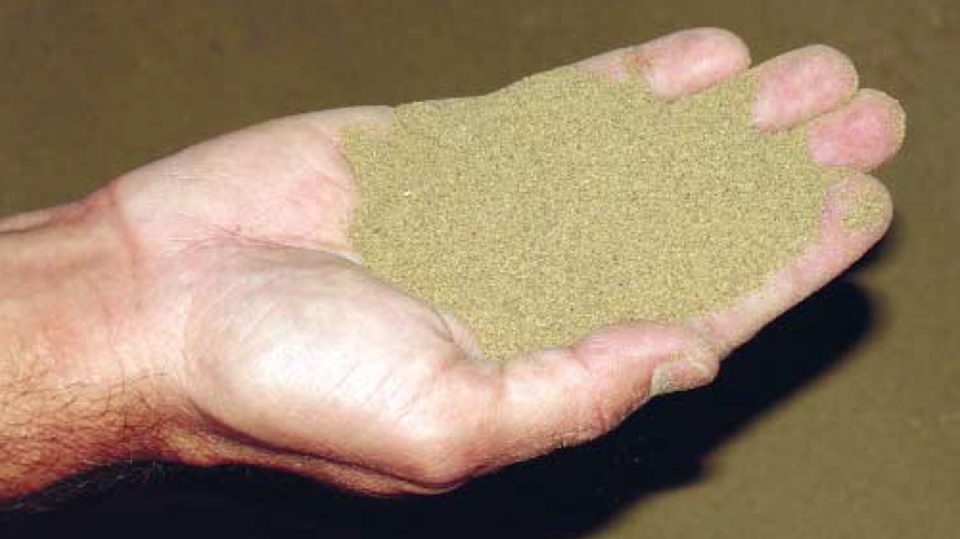
The growth rate or size of shrimp are primary influences on protein requirements. In general, the smaller the animal, the faster the percentage of weight gain, resulting in a daily requirement higher than that of a larger shrimp growing at a slower rate. Along the same lines, less protein is needed for maintenance diets than those that support fast growth.
The quality of the protein used in feed is also important. Larger quantities of low-quality proteins with inadequate levels of essential amino acids and/or low digestibility are required than high-quality proteins to produce the same amount of growth. If digestibility is low, protein is not available for the shrimp to use, whereas if one of the essential amino acids is limiting, it can prevent the building of protein.
Another factor that is often overlooked is feeding rates. Shrimp fed to less than satiation benefit more from high-protein diets than shrimp fed to satiation.
Studies by the authors found that a 30 percent protein diet offered at 100 percent of the expected daily intake resulted in shrimp growth comparable to that from a 40 percent protein diet offered at 75 percent of the rate because the daily protein intakes were equal. Protein requirements can be met by greater quantities of a low-protein diet, but in most cases, the proper application of the higher-quality diet is more cost-effective, as shipping and feed production costs are reduced.
The protein requirements for different shrimp species and sizes, reported as 25 to 55 percent of the diet, should be viewed only as general guidelines. The cost of feed is dictated largely by the quantity and quality of protein present. Protein quality, defined by the level and availability of essential amino acids, has the greatest effect on the efficient conversion of protein in formulated feed to final product.
Consequently, protein conversion is dependent on knowing the digestibility of the essential amino acids from various protein sources. Unfortunately, data on amino acid digestibility values is limited, but there is considerable data on the apparent digestibility of various protein sources, which are a good indicator of amino acid availability.
Lipids
Lipids are an important component of shrimp’s diets because they provide a concentrated energy source and supply essential fatty acids such as eicosahexaenoic acid and docosahexaenoic acid. They are structural components that confer cell membranes with their “fluid” properties and serve as a vehicle for absorption of the fat-soluble vitamins A, D, E and K. Lipids also serve as precursors for metabolic regulators such as prostaglandins, thromboxans, and prostacyclins – hormones that promote maturation, molting, and growth. In addition, lipids contribute to the palatability and attractability of feeds.
Though dietary lipids are important nutritionally, the levels and types of lipids used in shrimp feeds are also dictated by economics, constraints of manufacturing procedures, and product quality. The lipid levels of commercial production feeds range 5-10 percent of the diet and generally rely on high-quality marine lipids to deliver essential fatty acids.
Recently, the feed industry has seen the introduction of various alternative sources of essential fatty acids. Although these products are relatively new to the market, they appear to be cost-effective and can be an excellent way to supplement some essential fatty acids without adding large amounts of other fatty acids.
Vitamins
Vitamins are organic compounds required by shrimp in very small quantities to maintain essential functions. Quite often they function as coenzymes in chemical reactions and hence are described as the “spark plugs” of cells.
The qualitative and quantitative vitamin requirements of shrimp have not received major attention. The difficulties in determining the vitamin requirements are exemplified by the wide variations in vitamin supplementation utilized by researchers and the commercial industry. As there is considerable debate regarding the absolute requirements for shrimp, vitamin values can be tempered with those established with other species.
Shrimp feeds are generally supplemented with a vitamin premix in a sufficient quantity to exceed the estimated vitamin requirements, including losses due to feed processing. Levels above those required for maximum growth may facilitate the ability of shrimp to respond to stress. Feed processing and storage can degrade many of the vitamins, and due to the slow feeding habits of shrimp, considerable leaching can occur prior to consumption.
As exemplified in studies, the use of vitamin premixes may not be required under some culture conditions if the animals have access to natural foods and there are no environmental stresses. Although this concept is well accepted for both fish and shrimp, a wide variety of factors affect the quantity, quality, and accessibility of natural foods.
The decision to reduce feed costs through the utilization of nutritionally incomplete feeds is a viable strategy. However, it is difficult to predict and manage the availability and nutritional quality of natural foods. Consequently, if nutritionally incomplete feed is used, farmers increase the risk of suboptimal production due to nutritional inadequacies.
Minerals
A variety of studies with shrimp illustrate the nutritional importance of the inorganic components of the diet. The quantitative mineral requirements of penaeid shrimp have not been established, but are reasonably well studied.
Practical diets generally contain a substantial amount of endogenous minerals. Consequently, complete mineral premixes are not necessary. With the exception of phosphorus, macrominerals are generally not supplemented to commercial feeds, as there is no evidence these minerals are required in feed under normal production conditions.
Since many of the trace minerals can have low biological availability or are found at relatively low levels, a number of trace minerals are commonly supplemented. Phosphorus is the most costly and problematic mineral. Its biological availability varies with the source, with the water-soluble forms having higher availability to shrimp.
(Editor’s Note: This article was originally published in the August 2005 print edition of the Global Aquaculture Advocate.)
Now that you've reached the end of the article ...
… please consider supporting GSA’s mission to advance responsible seafood practices through education, advocacy and third-party assurances. The Advocate aims to document the evolution of responsible seafood practices and share the expansive knowledge of our vast network of contributors.
By becoming a Global Seafood Alliance member, you’re ensuring that all of the pre-competitive work we do through member benefits, resources and events can continue. Individual membership costs just $50 a year.
Not a GSA member? Join us.
Author
-
D. Allen Davis, Ph.D.
Associate Professor, Aquatic Animal Nutrition
Department of Fisheries and Allied Aquacultures
Auburn University
315 Swingle Hall
Auburn, Alabama 36849-5419 USA[117,100,101,46,110,114,117,98,117,97,64,97,100,115,105,118,97,100]
Tagged With
Related Posts

Health & Welfare
A holistic management approach to EMS
Early Mortality Syndrome has devastated farmed shrimp in Asia and Latin America. With better understanding of the pathogen and the development and improvement of novel strategies, shrimp farmers are now able to better manage the disease.
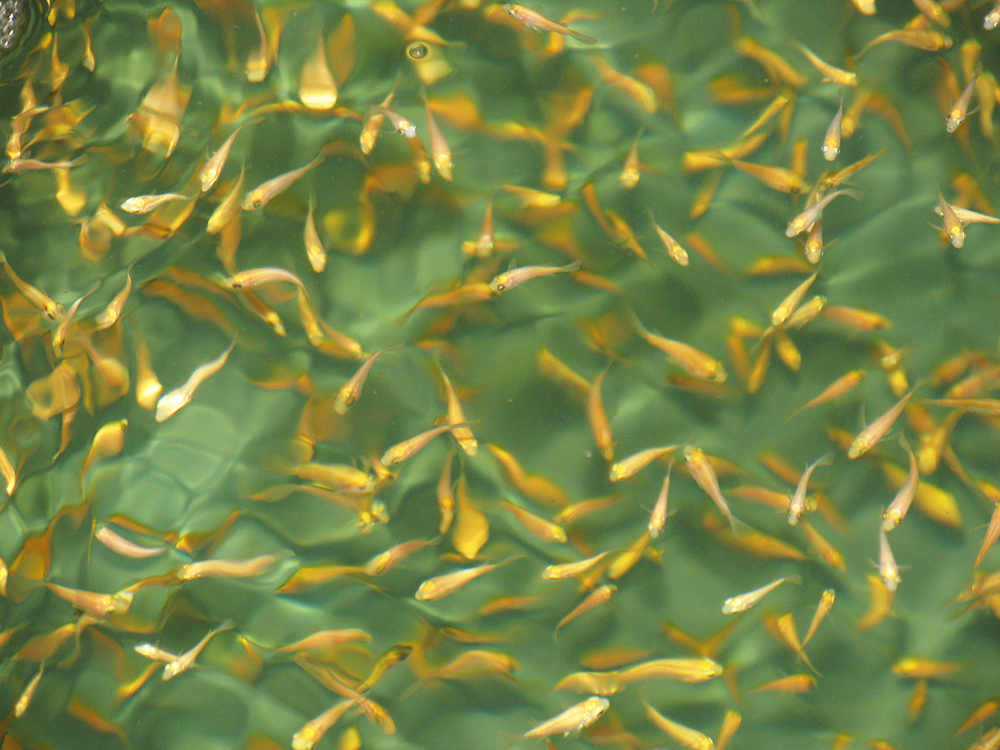
Health & Welfare
Biosecurity practices on fish farms need beefing up
Biosecurity measures and preventive strategies are essential in any biological production chain. Properly planned and implemented biosecurity programs will enhance animal health, production and economics.
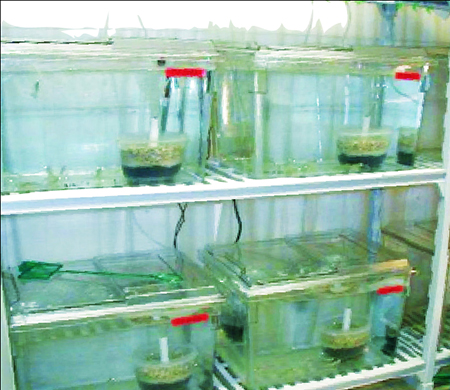
Health & Welfare
Kona-line SPF shrimp, Vibrio penaeicida candidates for bacterial challenge model
Juvenile SPF Kona-line shrimp were injected with V. penaeicida, causing significant disease, but certain bacterial concentrations allow survival long enough for additional testing.
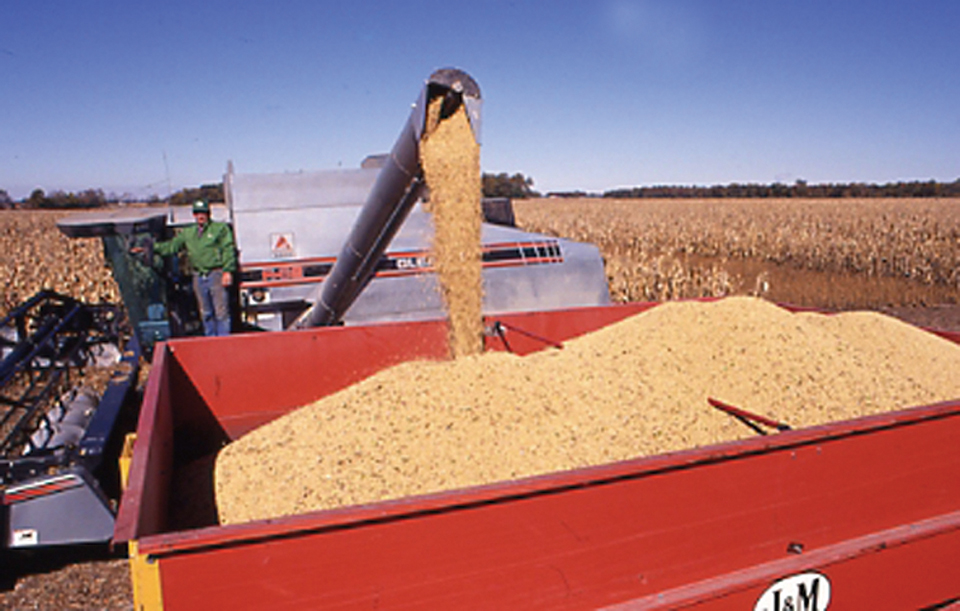
Health & Welfare
Phytase supplementation in aquaculture diets improves fish, shrimp growth performance
Despite research challenges, ongoing work on phytase supplementation in shrimp is striving to enhance shrimp feed performance in similar ways.


